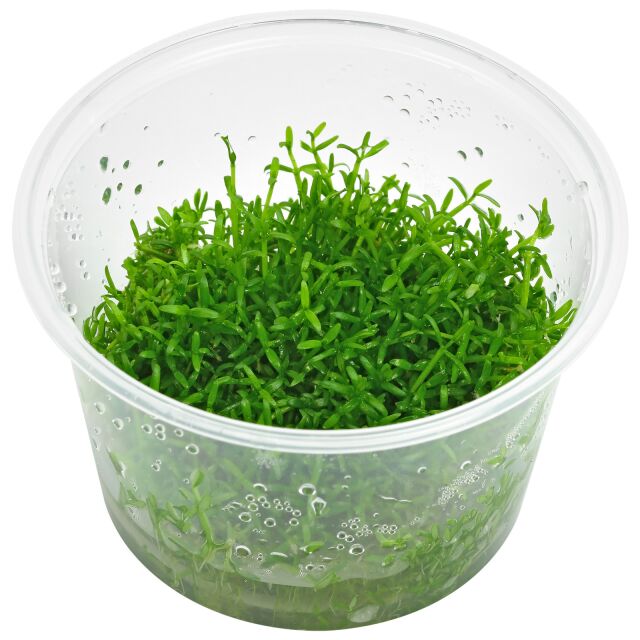ADA
ADA Microcarpaea minima
ADA Microcarpaea minima
Couldn't load pickup availability
- Little known foreground plant
- Bushy growth
- Freshly green colour
- Rare in the trade
Microcarpaea minima is a small, delicate marsh plant from Southeast Asia, Japan and northern Australia that can also grow under water. It occurs in and around shallow, warm, periodic waters such as ponds and rice paddies and also on river banks. It is the only species of the genus Microcarpaea and, like Glossostigma, belongs to the family Phrymaceae. It was first introduced as an aquarium plant in 2001 by Wim Tomey (Netherlands) from West Kalimantan, and it is still a rarity in the aquarium hobby. In ADA's in vitro range it is labelled Microcarpaea minima Merrill; Merrill is the author's citation of the botanical species name.
In the terrestrial form, this plantlet forms low cushions with 3-5 mm long, narrow leaves and small pale purple flowers on very thin stems. Submerged, the stems grow flat-bushy to creeping in plenty of light and form a dense, flat cushion. In moderate light, the shoots grow rather upright, strongly branched and loosely in all directions, the leaves then becoming up to 20 mm long and 1-2 mm wide. This plant has a light, fresh green tone in the underwater form.
This plant is not too difficult to cultivate, but rather strong lighting, soft to medium hard water and CO2 addition are recommended. It is considered warmth-loving, so the temperature should be at least above 20 °C. Planting the tender stems can be a little fiddly; they are best placed in the substrate with tweezers, either individually or in small clumps, spaced a little apart. The growing, spreading bushes can be kept low by pruning.
Microcarpaea minima is certainly still little known among aquascapers. It looks decorative as a low, light green bush or small carpet in the foreground to middle ground and fits well in small aquariums. With its almost needle-like narrow leaves and thin stems, it differs from many other foreground plants. This plant should also be interesting for well-lit emers set-ups in its cushion-like land form; you can then also expect its tiny flowers and fruit capsules.




